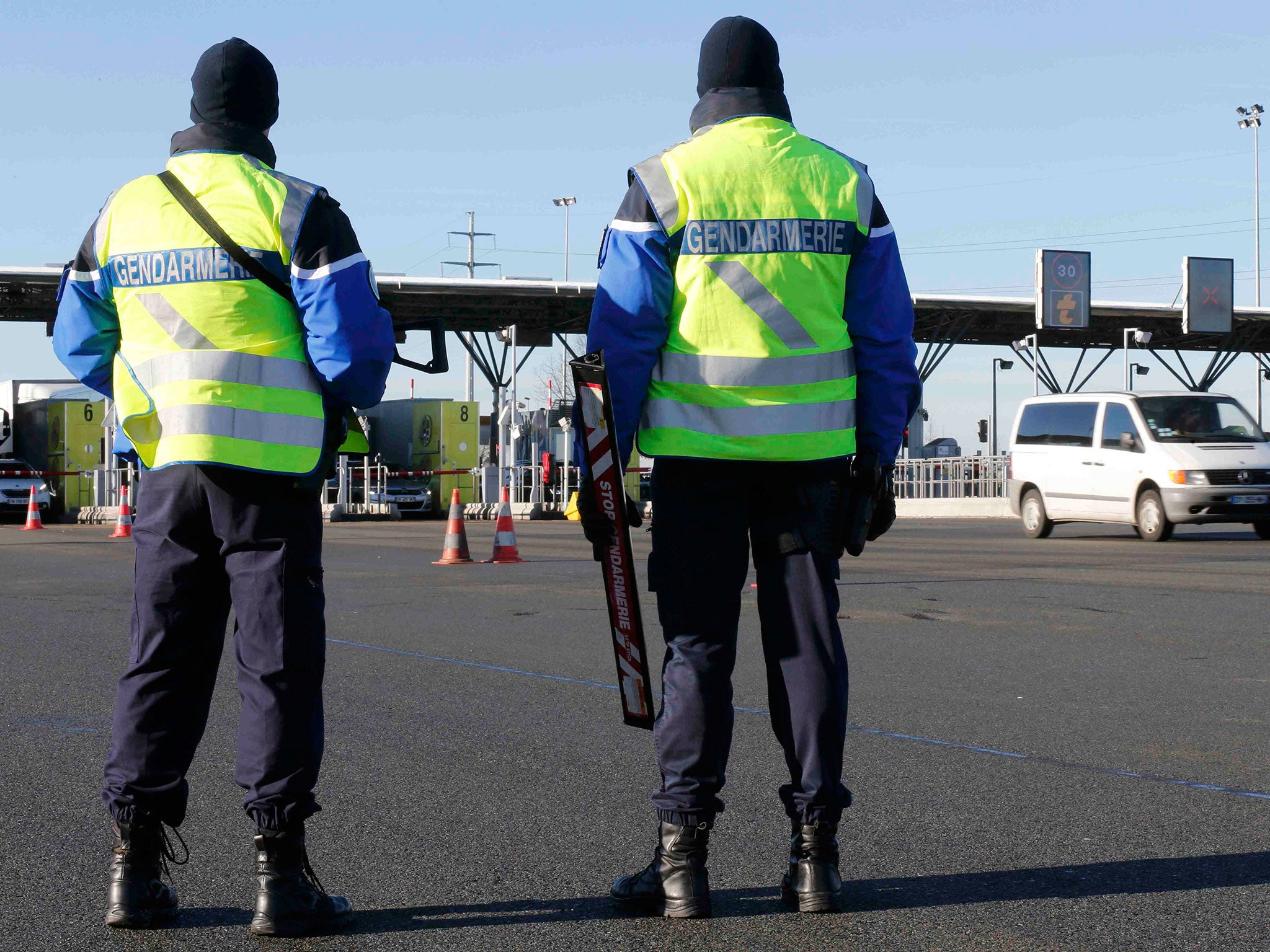Schengen: How the breakdown of a border-free Europe would affect travel
Hollande’s move to impose border controls is one of many changes as concerns about terrorism and migration grow

Your support helps us to tell the story
From reproductive rights to climate change to Big Tech, The Independent is on the ground when the story is developing. Whether it's investigating the financials of Elon Musk's pro-Trump PAC or producing our latest documentary, 'The A Word', which shines a light on the American women fighting for reproductive rights, we know how important it is to parse out the facts from the messaging.
At such a critical moment in US history, we need reporters on the ground. Your donation allows us to keep sending journalists to speak to both sides of the story.
The Independent is trusted by Americans across the entire political spectrum. And unlike many other quality news outlets, we choose not to lock Americans out of our reporting and analysis with paywalls. We believe quality journalism should be available to everyone, paid for by those who can afford it.
Your support makes all the difference.The Pont de l’Europe is no longer the free-flowing emblem of unity for a continent at peace. The wide bridge straddles the Rhine, connecting Strasbourg in France with the German town of Kehl. But since the atrocities in Paris in November, traffic has been reduced to a single lane, with cars and trucks trickling past a police checkpoint.
President Hollande’s move to impose border controls is just one of many changes as concerns about terrorism and migration grow - leading to a new term, “Schengend”.
The treaty on the free movement of people and goods was signed in the tiny Luxembourg village of Schengen in 1985. A decade later, amid much ceremony in the same location, it took effect.
Luxembourg, along with the Netherlands and Belgium, was a pioneer of border-free travel: frontiers were abolished in “Benelux” in 1960. So the village located where the borders of France and Germany converge on the Grand Duchy gave its name to pan-European openness.
But in 2016 motorists taking the bridge across the Moselle into Germany and immediately turning south into France will encounter a police check aimed at detecting terrorists.
Six hundred miles south-west, where the Pyrenees meet the Mediterranean, the grand old customs house at Port-Bou railway station is no longer a relic from the past - but a checkpoint where Spanish border officials verify the identities of passengers arriving on trains from France.
Mark Smith, the founder of the Seat61.com international rail website, said: “It would be ironic if the creation and subsequent abolition of the Schengen agreement results in more difficult cross-border travel than if it had never existed.”
As politicians at the Folketinget (parliament) in Copenhagen passed a package of measures aimed at deterring migrants from seeking asylum in Denmark, a few miles away thousands of travellers were being delayed by ID checks imposed on rail travellers by Sweden.
Last month, the government in Stockholm ended direct trains from Denmark to Sweden. At the station serving Kastrup airport, passengers must leave one train, pass through immigration control and board a different train - almost doubling the travel time between Copenhagen and Malmo.
“Europe's trains ran across borders perfectly well before Schengen, with controls carried out relatively painlessly on board trains,” said Mr Smith.
“The danger is that governments have now forgotten how it used to be done.”
Motorists also face delays, according to Edmund King, president of the AA: “In some ways UK drivers will be better prepared than their EU counterparts as we always drive to Europe with our passports. However, the downside of re-introducing frontier controls will mean the re-introduction of mega traffic jams and border control queues.”
Yet the sheer number of international crossing points and the intensity of 21st-century travel means checks can be avoided by choosing alternatives to the main arteries. While Austrian frontier officials focus on the E50 highway and express rail line from Hungary to Austria, travellers face no significant hassle when crossing the border at the nearby town of Sopron - the location, in 1989, for the first, historic breach in the Iron Curtain.
Back at the Franco-German frontier in Strasbourg, a British expatriate working for an international organisation said: “Of course, anyone intent on crossing the border with a bag of drugs or arms needs only walk over on the nearby pedestrian bridge, with no surveillance.”
Join our commenting forum
Join thought-provoking conversations, follow other Independent readers and see their replies
Comments